Enabling Circularity for brands through Ethical & Circular Procurement with Traceability

Welcome to Procurement4Circularity, a program that helps businesses transition towards a circular economy by adopting circular procurement practices. By focusing on the design and procurement of materials that align with circular principles, we help businesses use waste as a raw material instead of virgin materials, thereby reducing their environmental impact and contributing to a systematic change in waste management. Our recycled materials also come with 100% traceability that enables businesses to ensure compliance and quality.
What We Do in Collab with Brands
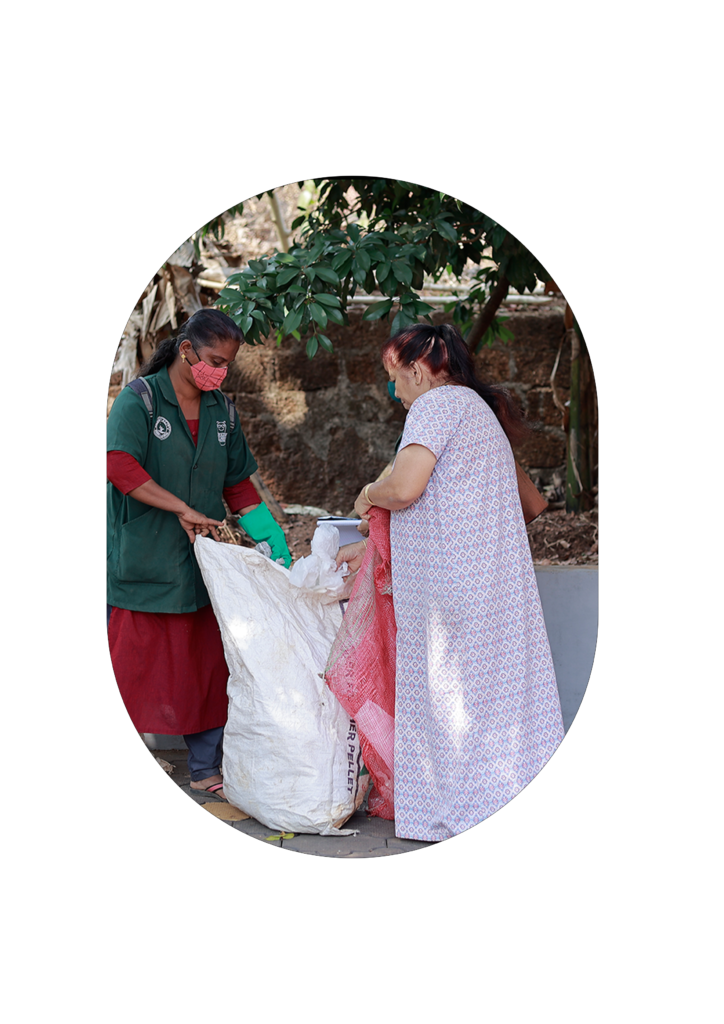
1
Sourcing Waste
Sourcing of the Waste by implementing waste management systems in coastal villages & islands
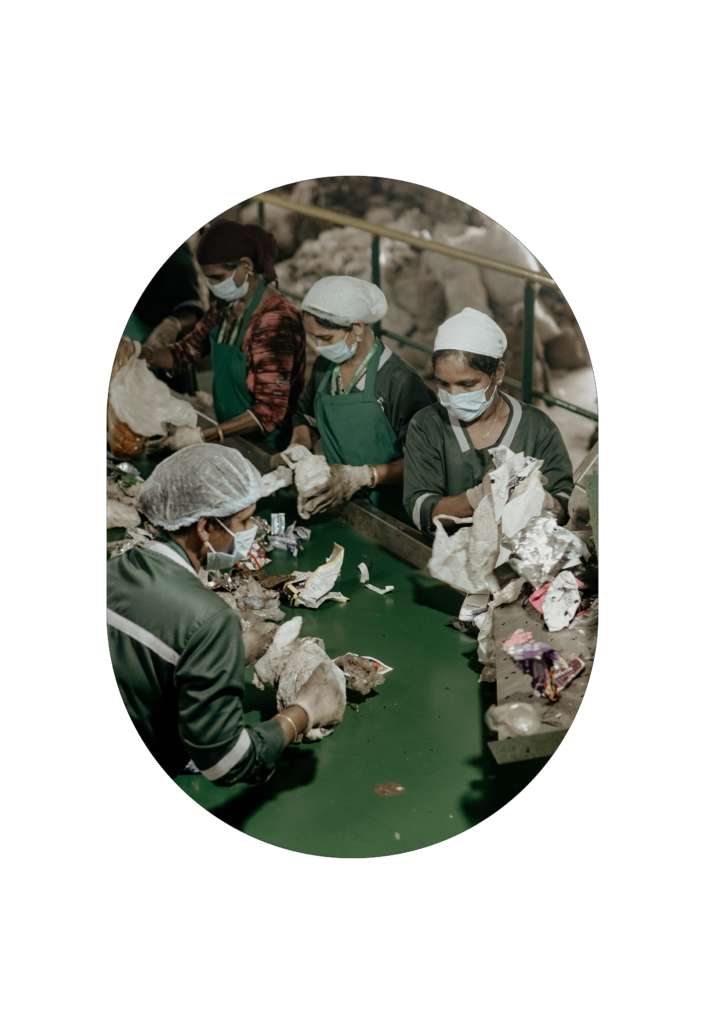
Waste Segregation
Effective segregation of the waste into primary, secondary & tertiary levels.

Waste Processing
Further the Waste is processed such as Shredding & Cleaning.
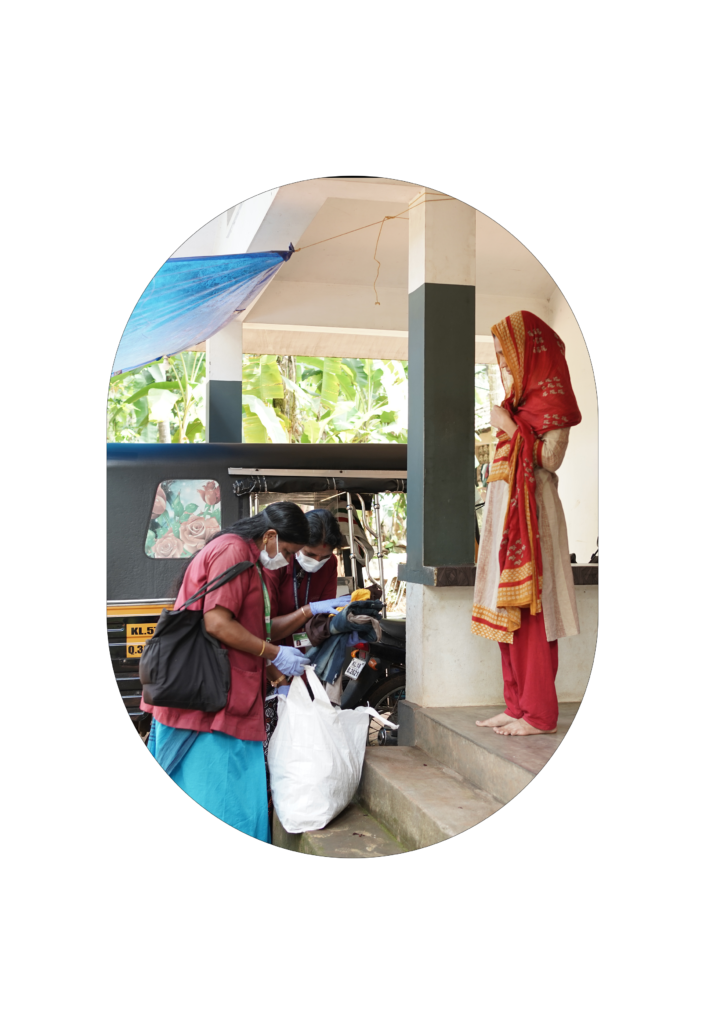
Enable Traceability
Our Partner Brands can establish traceability from sourcing to Recycling.

Recycling
Recycling of the materials are done as per the Recycling Standards.
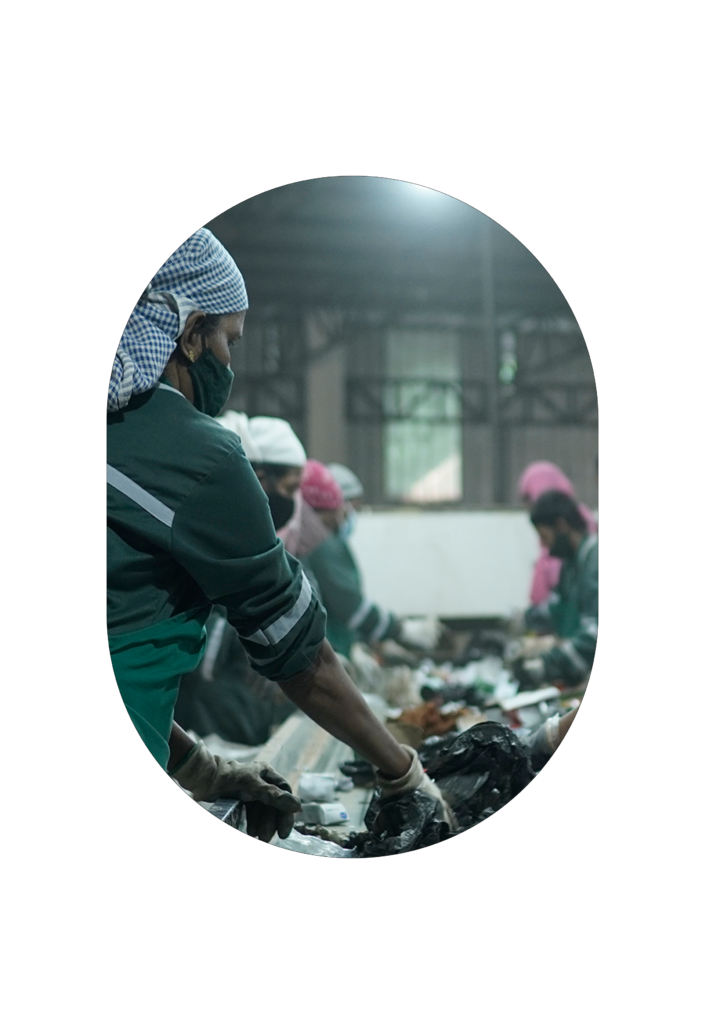
Quality Assurance
Quality based on requirements and Technical data sheet for validation.
Why procure 4 Circlarity?
Here are some reasons why our program is a smart investment for your business
1.
Cost Savings
According to Accenture, circular procurement practices can generate up to 32% cost savings compared to traditional procurement practices.
2.
Economic Opportunity
A study by the Ellen MacArthur Foundation found that adopting circular economy principles, including circular procurement, could create a $4.5 trillion economic opportunity by 2030.
3.
Environmental Benefits
According to the World Economic Forum, transitioning to a circular economy could generate $4.5 trillion in economic benefits by 2030, while reducing greenhouse gas emissions by 39%.
4.
Supply Chain Resilience
A report by McKinsey found that circular economy practices can improve supply chain resilience and reduce the risk for businesses.
5.
Innovation and New Business Opportunities
A survey by the Sustainable Purchasing Leadership Council found that 70% of organizations that have adopted sustainable procurement practices have seen increased innovation and new business opportunities.
6.
Consumer Demand
A survey conducted by Cone Communications found that 87% of consumers are willing to purchase products from companies that prioritize environmental issues, including circularity. Additionally, a Nielsen study found that 73% of consumers globally say they would definitely or probably change their consumption habits to reduce their impact on the environment.
By joining our Procurement for Circularity program, you will not only contribute to a sustainable future but also gain a competitive edge in the marketplace. Our recycled materials come with 100% traceability, enabling you to transition towards a circular economy with confidence. Additionally, our approach creates opportunities for the creation of dignified jobs, contributing to positive social and economic impact.Reach out to us to learn more about how our program can help your business achieve its sustainability goals.
How does circular Sourcing works?
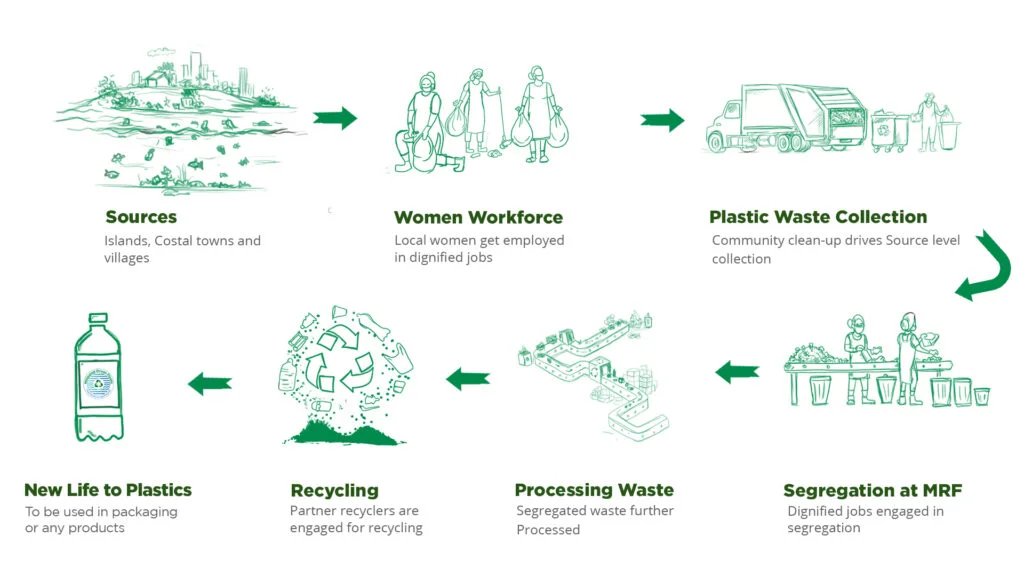
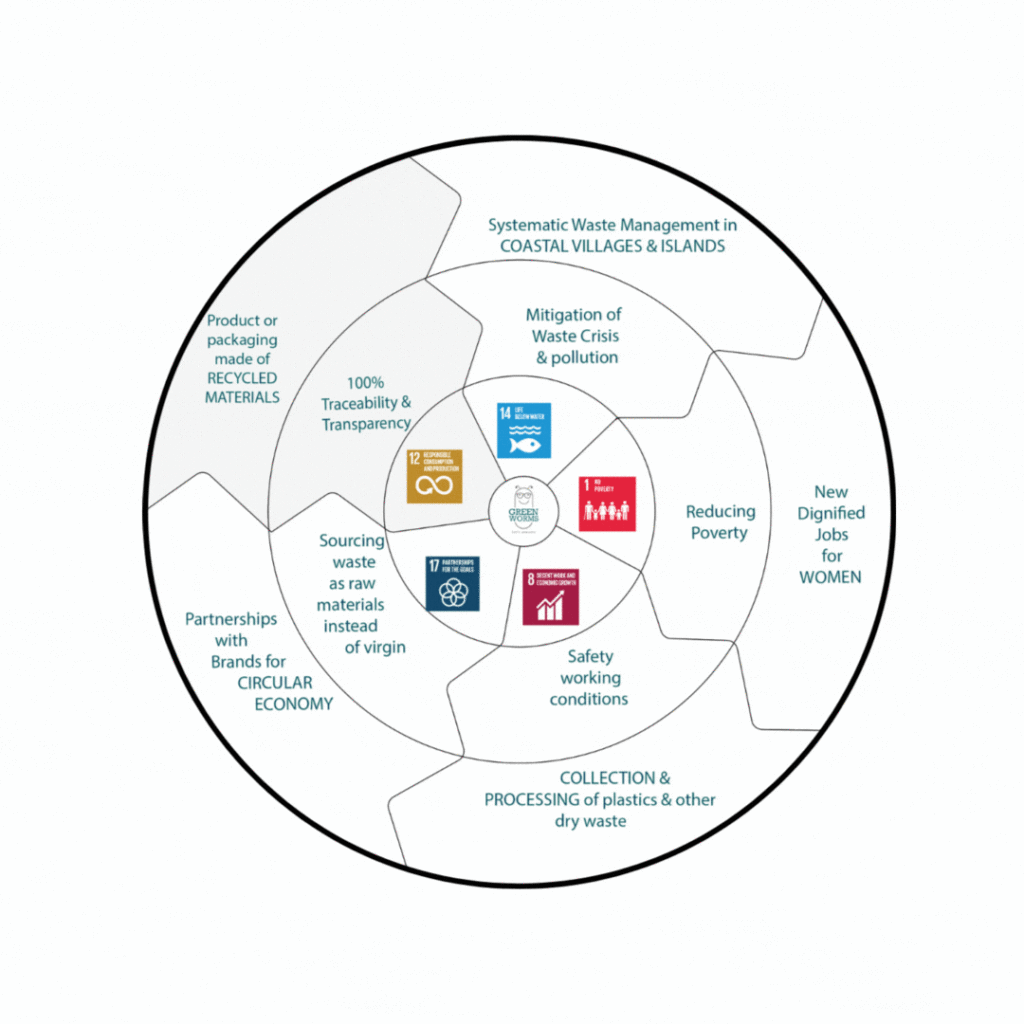
Our Approach
By procuring waste as raw materials, brands will build circular value chains where waste gets recycled and becomes a commodity.

Bubai Mondal
Recycling Manager
Green Worms
Materials for Procurement
Green Worms offers a variety of raw materials, either in recycled or processed form

rLDPE Film Roll

LDPE Films Bails
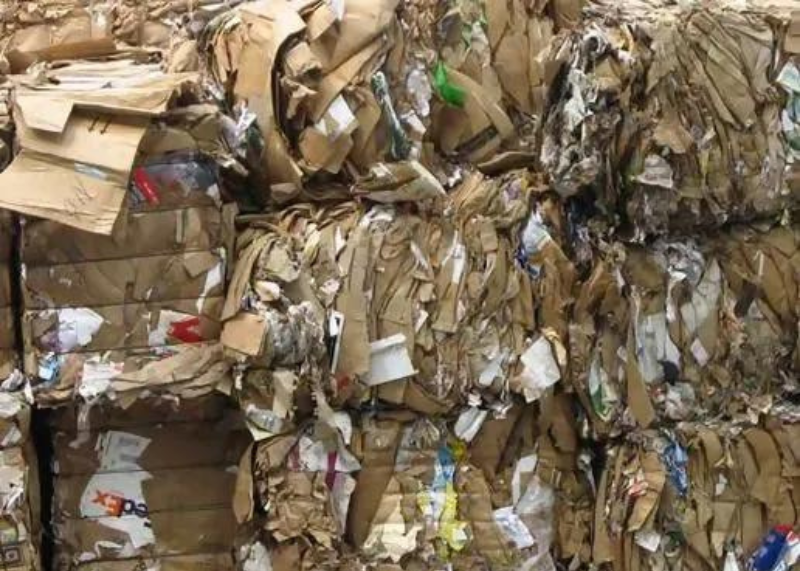
rPaper
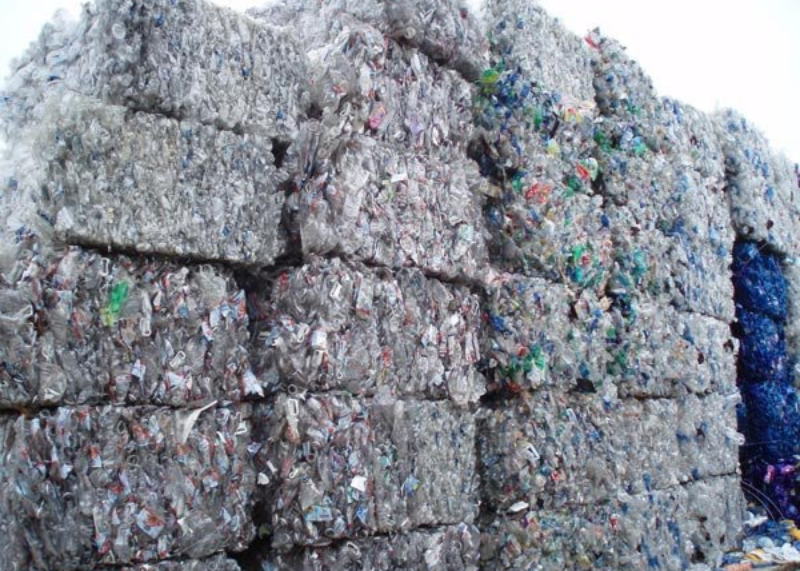
PET Bails
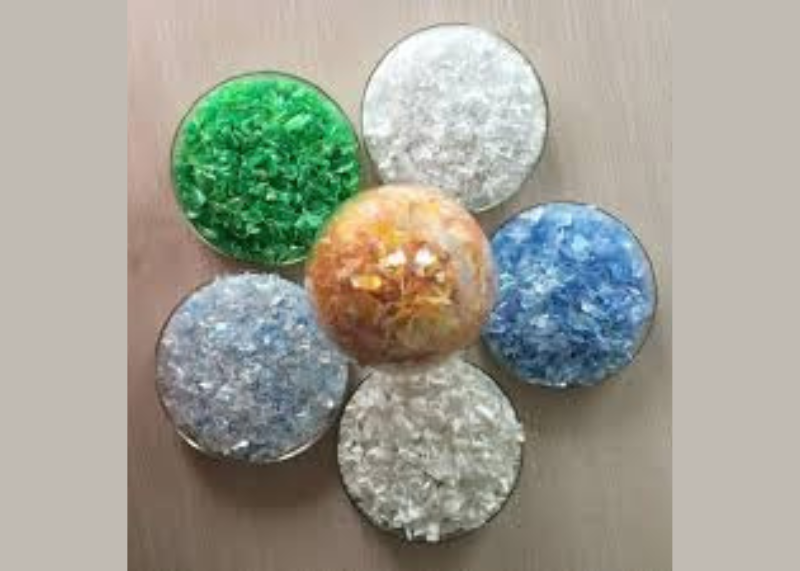
rPET Flakes
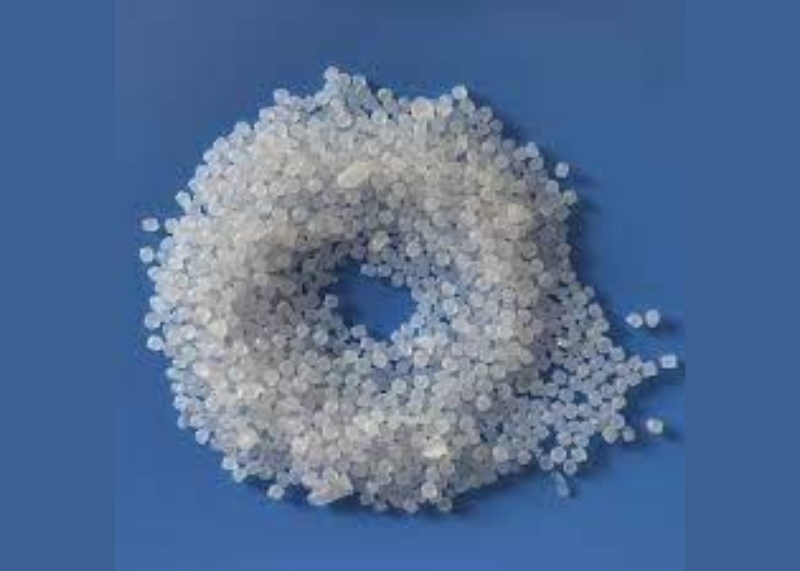
rLDPE Pellets
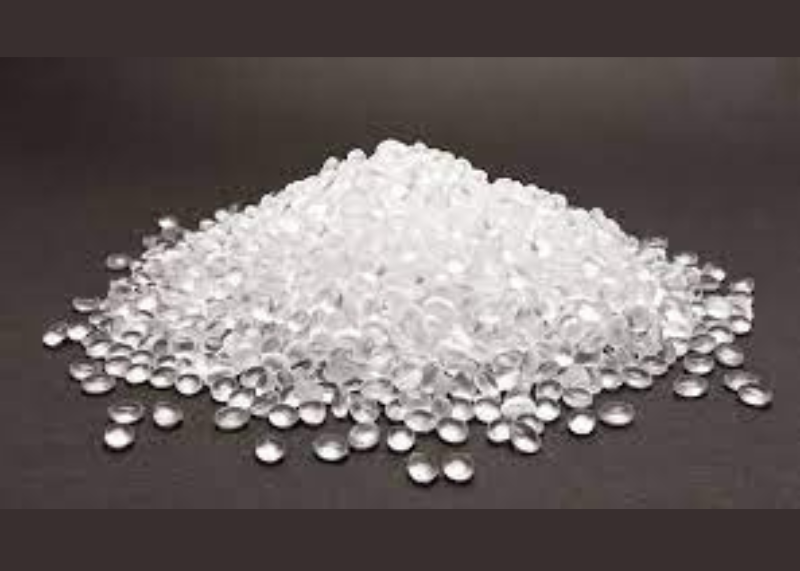
rPET Pellets

Textiles
curious to know more
A: We offer a wide range of materials, including plastics, metals, textiles, and paper products, among others. Please contact us for a full list of available materials.
A: Our procurement process is designed to be easy and hassle-free. After identifying the materials you need, we work with our network of verified waste streams to source the materials for you.
A: Our materials can be used in a wide variety of product categories including but not limited to fashion and apparel, home and garden, packaging, and consumer electronics.
